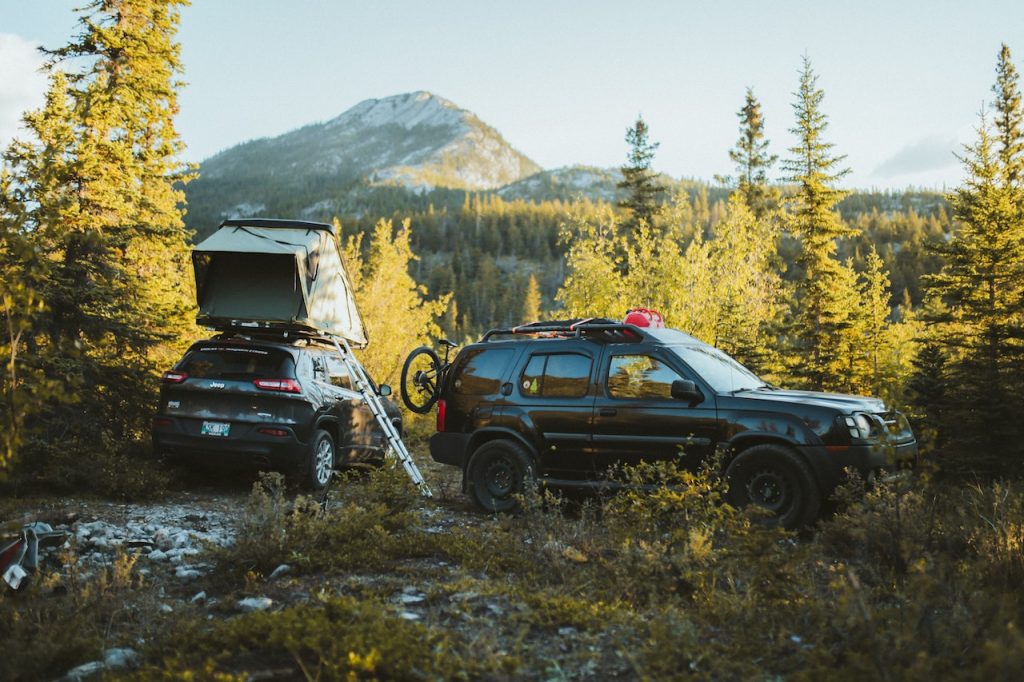Imagine driving down a dusty dirt road surrounded by towering trees and rugged terrain. As you navigate the twists and turns, you feel the thrill of adventure coursing through your veins.
You know that at any moment, you could come across a breathtaking vista or a hidden oasis just waiting to be discovered.
This is the world of off-roading and camping, where the journey is as important as the destination. Whether you’re a seasoned veteran or a curious beginner, there’s something magical about leaving the hustle and bustle of everyday life behind and immersing yourself in nature.
This post will explore the basics of off-roading and camping and discover what makes it such a unique and rewarding experience.
Choosing the Ideal Vehicle
Off-roading needs a specialized vehicle that can handle steep inclines and rough terrain. The most popular vehicles for off-roading include SUVs, trucks, and jeeps, all equipped with four-wheel drive systems.
When choosing a vehicle for off-roading, consider tires, suspension, and ground clearance. Popular TIS offroad wheels are an excellent option for those planning to upgrade their vehicle’s off-road capabilities.
Equipment Checklist
Before you embark on an off-road adventure, always have the proper gear. Here’s a checklist of some of the things that must be included:
- Tool kit and spare parts
- Water and food supplies
- Maps and navigation tools
- First aid kit
- Recovery equipment
- Emergency flares and communication devices
- Sleeping bags and tents
Planning the Route
When off-roading, it’s vital to carefully plan your route to prevent getting stuck or lost in a remote location. Begin by researching the area you plan to visit and determining any possible hazards, like deep water crossings or steep drops.
Use GPS devices or maps to plot your course and note any points of interest or landmarks. Letting somebody know where you are going and when you plan to return is also a great idea.
Driving Techniques
Furthermore, off-roading requires different driving skills, unlike driving on paved roads. Here are some tips to remember:
- Avoid sudden movements or turns that could cause your vehicle to lose traction.
- When going downhill or uphill, use a low gear and apply steady pressure to the accelerator to keep control.
- Use four-wheel drive when needed, but stop using it on hard surfaces.
- Keep both hands on the wheel and keep a firm grip.
- Always wear your seatbelt and drive at a safe speed.
Setting Up Camp
After you have reached your destination, it is time to set up camp. Here are a few things you must remember:
- Pick a level and flat area for your sleeping bag or tent.
- Ensure to follow Leave No Trace principles by packing all trash and leaving the area as you found it.
- Make a fire only in designated areas and keep it small to prevent starting wildfires.
- Use headlamps or lanterns instead of flashlights to save battery power.
- Hang food supplies from the trees to keep them away from animals.
Off-roading and camping can be fun and exciting ways to discover the great outdoors. However, it needs planning, preparation, and respect for nature. Follow the above guidelines, and you’ll be on your way to an enjoyable and safe off-road adventure.

